It is also an inevitable and contemporary trend for Vietnam to confidently enter a new era, with the participation and great contribution of each locality, typically Hanoi .
Reality shows that the growth in economic scale and stature as well as the image of Hanoi always shines, worthy of the role and mission of the Capital of a dynamic and aspirational country...

Continuous development
By 1975, Hanoi had built 232 state-owned enterprises and 411 handicraft cooperatives. The socio-economic indicators were all much higher than in 1960, such as national income and production increased by 2.4 times; total industrial output value increased by 3.5 times.
After the administrative boundary was expanded by merging 5 more districts and 1 town of Ha Son Binh province (Ba Vi, Thach That, Phuc Tho, Dan Phuong, Hoai Duc districts, Son Tay town) and 2 districts of Vinh Phuc province (Me Linh and Soc Son districts), the capital's industrial and commercial activities faced many new difficulties and challenges, especially the small scale of most production and business establishments.
The lack of capital, facilities, equipment, and professional staff is common in agencies, units, and establishments in the industry. Those were the hard, difficult years of the subsidy period, when there were no conditions to mobilize and utilize all resources and potentials to serve the city's growth goals.
However, with the spirit of overcoming difficulties, solidarity and openness, Hanoi has gradually overcome its shortcomings, moving towards rapid growth, expanding its scale in parallel with improving the quality of growth. In particular, entering the renewal period with the whole country, Hanoi has continuously developed and made breakthroughs through each year and each 5-year plan period.
From small-scale industrial production, in the period 2011-2020, the capital's industry achieved a fairly good growth rate, contributing increasingly to the city's overall GRDP growth.
The average added value of the industrial sector in the 2011-2015 period reached 9.2%, and in the 2016-2020 period it reached 7.45% (due to the impact of the Covid-19 epidemic in 2020).
Processing and manufacturing industry accounts for the majority (about 91%). High-tech industry is gradually developing in a number of fields such as digital control, automation, nano, plasma, laser, biotechnology, etc.
The capital also proactively restructures the economy in association with a growth model towards improving quality, efficiency and competitiveness, laying the foundation for development in the following years.
Currently, Hanoi has attracted investment in infrastructure development for 113 industrial clusters, on a total area of 2,143 hectares, reaching 71% in quantity and 66.9% in area compared to the planning.
Foreign investors from the US, South Korea, Japan and the EU have arrived early, choosing Hanoi as a long-term business location, implementing many projects of great stature and influence. Among them, Samsung has invested in and operated a very modern Research and Development Center, marking a qualitative change in attracting international capital flows.
At the same time, Hanoi, with its role and position as the center of the Red River Delta, with its long history as the capital, the marketplace and the convergence of elites, has its own great attraction, strong leadership and the ability to absorb, convert and multiply resources and strengths to have a widespread impact on the entire North.
In 2024, Hanoi's economy grew by 6.52% compared to the previous year. In the first quarter of 2025, the capital's economy grew strongly, accelerating remarkably, with the total regional product (GRDP) increasing by 7.35% compared to the same period last year.
According to the Hanoi Statistical Office, in the context of complicated international economic developments and many unfavorable factors, Hanoi's economic situation has had very positive changes, which is an indication of the capital's rising strength with the aspiration to contribute more to the cause of rapid and sustainable economic development, first of all, realizing the growth target in the 2025 planning year...
In reality, Hanoi's economic scale is very large, reaching 59 billion USD and once it reaches a positive growth rate, it will contribute more to the overall development results (GDP), worthy of its leading position and economic center of the whole country.
Firmly step into the future
Hanoi is promoting administrative reform, creating maximum conditions for businesses through simplifying procedures, enhancing integration, interconnection, shortening the time to resolve people's and businesses' needs through the application of information technology; modernizing infrastructure to improve service efficiency. Thereby, businesses will save costs, effort and time.
Hanoi's business community is growing and contributing more to the economic development of the area. In fact, many units have been proactively implementing many solutions, investing in modern technology, applying the most advanced management, focusing resources on digital transformation, pursuing green production goals...
Another thing to be proud of is that the urban landscape of the capital has been changing rapidly, transforming Hanoi from a small riverside city with 4 cramped inner-city districts to a large, modern scale; worthy of its leading position in a country of more than 100 million people.
The Red River will have more bridges crossing it as signs of Hanoi's transformation into civilization and modernity.
From Thang Long, Nhat Tan, Thanh Tri, Vinh Tuy bridges... to Tu Lien, Tran Hung Dao, Ngoc Hoi or Me So bridges soon, Hanoi will be a city of modern bridges along the river, with stature and scale of the times.
From now on, we can imagine a future Hanoi with outstanding stature and strength. Accordingly, by 2030, the capital Hanoi will be “Cultured-Civilized-Modern”, green, smart, a place where cultural quintessence converges, deeply integrated internationally, highly competitive, and have a level of development on par with the capitals of developed countries in the region.
Hanoi will be the center and driving force for the development of the Red River Delta, a growth pole with a leading role in the country's economy, with influence in the region; a major financial and economic center, a leading center for education-training, healthcare, science-technology and innovation; a peaceful city with happy people.
The average growth rate of gross regional domestic product (GRDP) will reach 8.5-9.5% per year in the 2021-2030 period. The scale of GRDP in 2030 will be 3.4 times that of 2020; contributing 15-16% of the country's GDP, about 45-46% of GRDP in the Red River Delta.
Average GRDP per capita is about 13,500 USD - 14,000 USD. Digital economy accounts for 40% of GRDP, cultural industry contributes about 8% of the city's GRDP. Labor productivity growth rate is about 7.5-8%/year.
Furthermore, by 2050, Hanoi Capital will be a global, green-smart-peaceful-prosperous city, worthy of representing the position of a powerful Vietnam; its economy, culture, and society will be the leading ones in the region, on par with the capitals of developed countries in the world; a place worth visiting and staying, a place worth living and contributing to. People will have a high standard of living and quality of life. The average GDP per capita will be about 45,000-46,000 USD.
Hanoi has always accompanied and contributed its human and material resources as well as its identity and intelligence to the national economic development; today, it is firmly walking with the whole country on the road to tomorrow...
Source: https://hanoimoi.vn/ha-noi-vung-buoc-tren-duong-phat-trien-700972.html




![[Photo] General Secretary To Lam receives First Deputy Secretary General of the African National Congress (ANC) of South Africa](https://vphoto.vietnam.vn/thumb/1200x675/vietnam/resource/IMAGE/2025/5/20/bb2999907e1245d5b4c7310a890d8201)







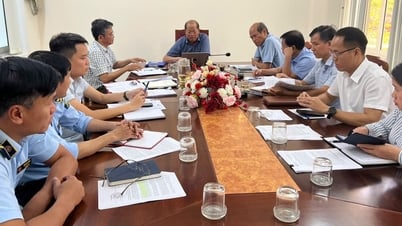

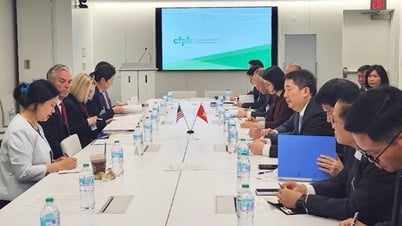

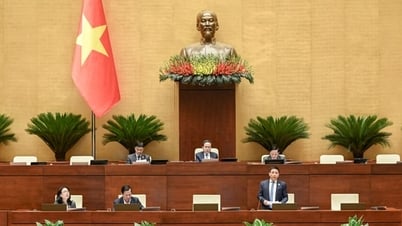
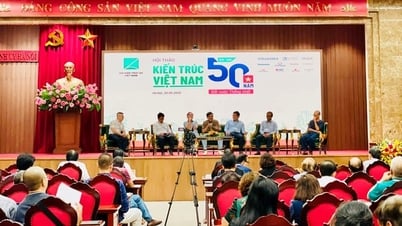








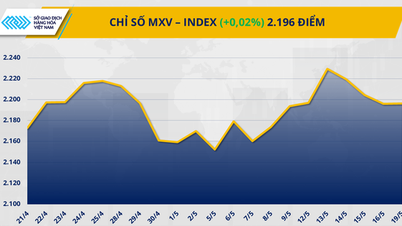

![[Photo] Award ceremony for works on studying and following President Ho Chi Minh](https://vphoto.vietnam.vn/thumb/1200x675/vietnam/resource/IMAGE/2025/5/20/a08ce9374fa544c292cca22d4424e6c0)
![[Photo] Vietnamese shipbuilding with the aspiration to reach out to the ocean](https://vphoto.vietnam.vn/thumb/1200x675/vietnam/resource/IMAGE/2025/5/20/24ecf0ba837b4c2a8b73853b45e40aa7)





























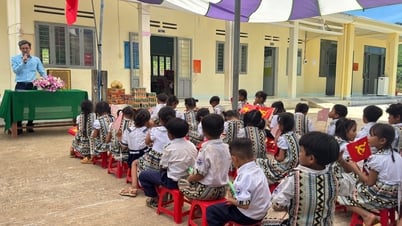


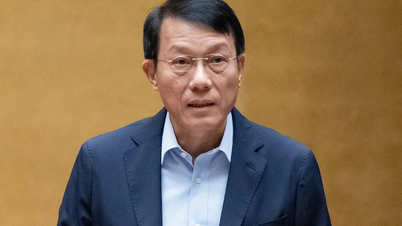
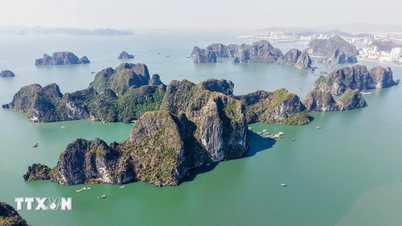






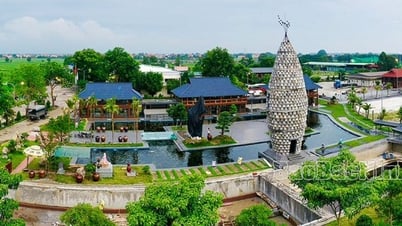
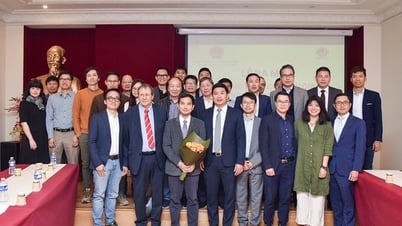

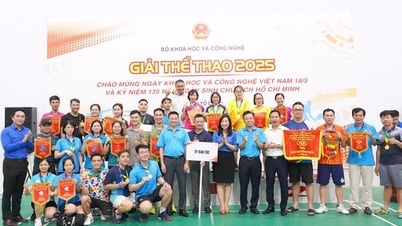


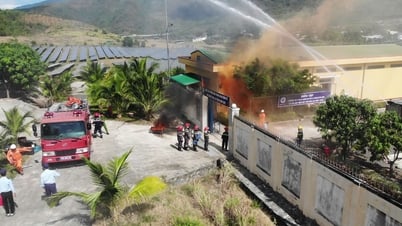

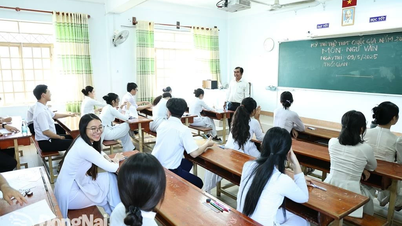














Comment (0)